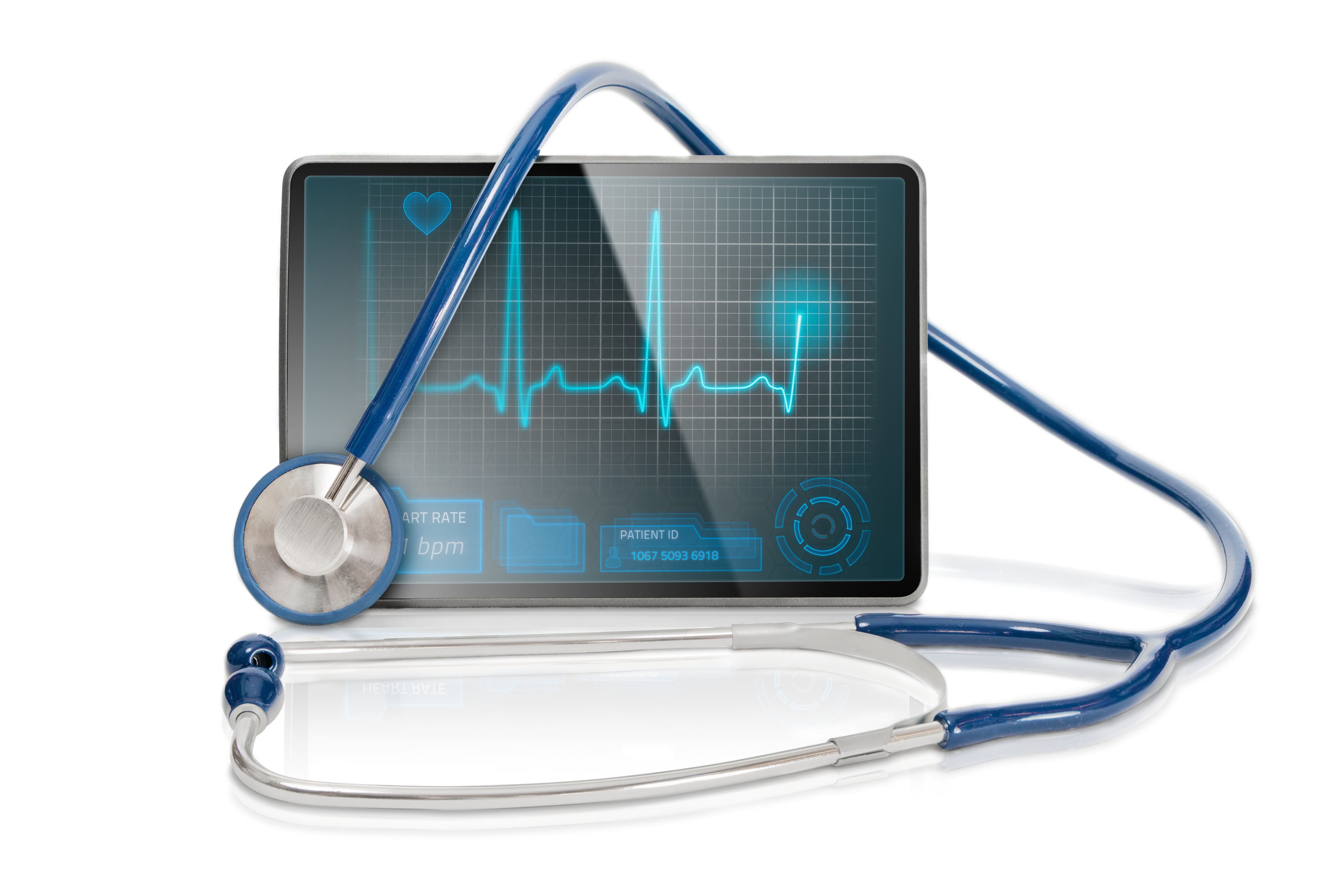Heart Sounds Checked by Speech Algorithm Diagnose Pulmonary Hypertension Better Than Trained Doctors

Sounds produced in the heart, reworked using a classification algorithm based on an automated speech recognition, were analyzed and seen to lead to more accurate diagnoses of pulmonary hypertension (PH) in patients than those done by physicians listening to the same heart recordings, according to the study, “Acoustic diagnosis of pulmonary hypertension: automated speech- recognition-inspired classification algorithm outperforms physicians,” recently published in the journal Scientific Reports.
These findings showed a direct relationship exists between the second heart sound and the pulmonary artery pressure, which can be used to improve patients’ diagnosis.
Diagnosis of patients with idiopathic pulmonary arterial hypertension (IPAH) is often delayed due to clinical difficulties in detecting the disease promptly, even after the onset of symptoms. For this reason, strategies that accurately detect the disease early, while being cost-effective and non-invasive, are greatly needed.
PH may be diagnosed by auscultation, or listening to sounds in the body through a stethoscope or by other means, but until now such efforts have proven unfruitful. Researchers hypothesized a different approach — they tested the efficacy of electronic stethoscope recordings of heart sounds coupled with advanced signal processing and the application of speech- and language-recognition algorithms.
The heart sound signal has many aspects, which can be simultaneously taken into account by speech-recognition-inspired classification algorithms, including the signal’s shape, frequency components, and amplitude. Researchers developed a way of diagnosing PH based on digital recordings of heart sounds using such algorithms, and tested how it worked by comparing its findings to those of clinicians trained in auscultation.
They found that automated machine learning and the language recognition-inspired algorithm outperformed clinicians listening to the same digitized heart sound recordings, reaching an PH diagnostic accuracy of 74%, compared to 56% by physicians. Additionally, the new algorithm made its diagnoses with lower rates of false negative (cases where results wrongly indicate that a particular condition or attribute is absent) and false positive (cases where results wrongly indicate that a particular condition or attribute is present) reports compared to the doctors — 23% and 68%, respectively, for false negatives, and 34% versus 50%, respectively, for false positives.
Importantly, researchers noted that the diagnosis does not distinguish between PH and PAH, since the study’s aim was a screening tool to diagnose all forms of PH.
“We developed an automated speech-recognition-inspired classification algorithm for the acoustic diagnosis of PH that outperforms physicians that could be used to screen for PH and encourage earlier specialist referral,” the research team concluded.







